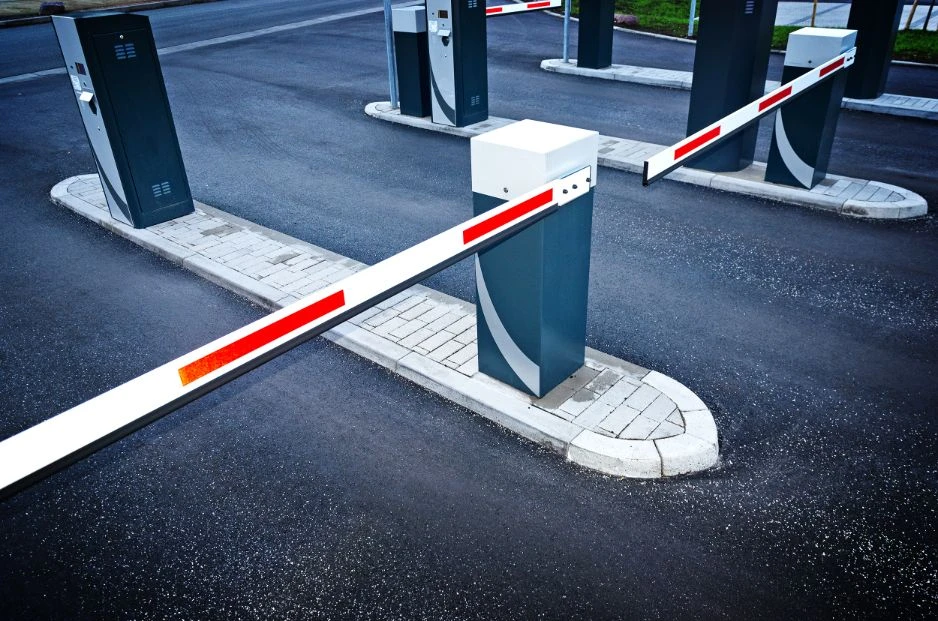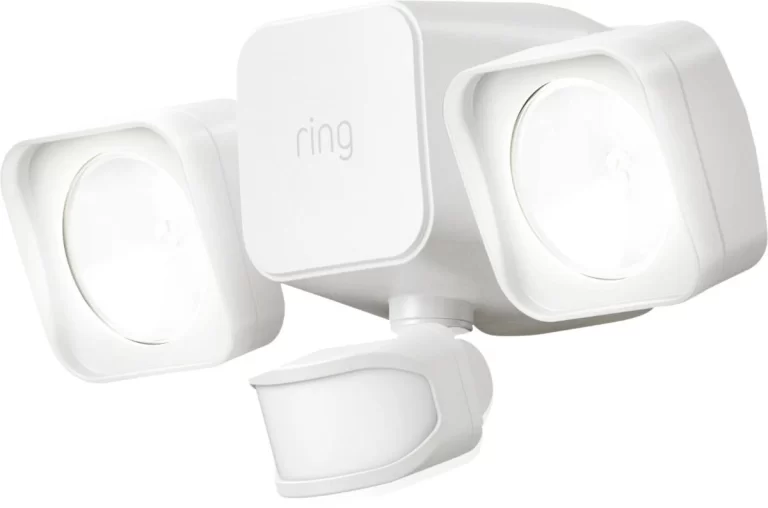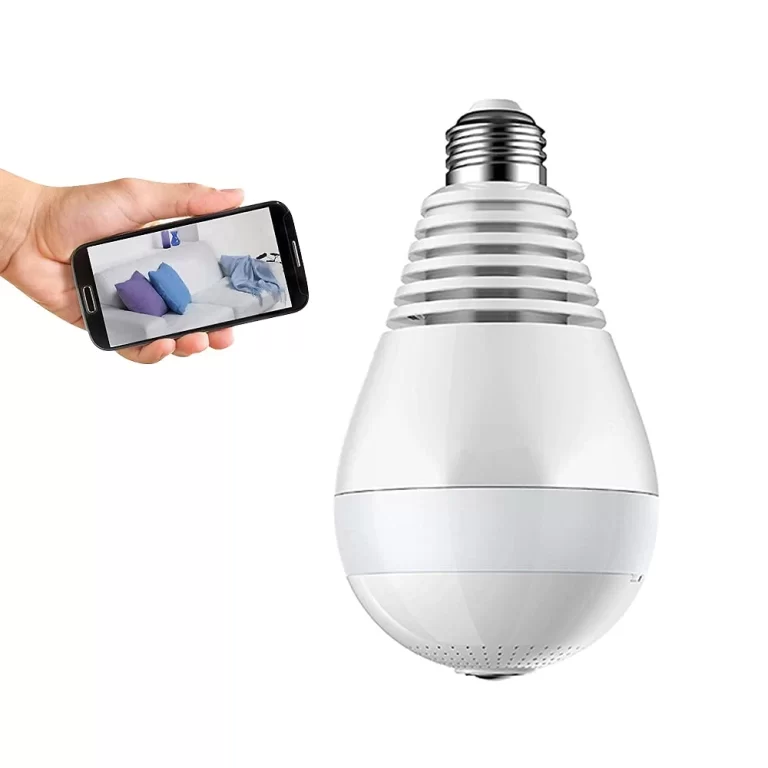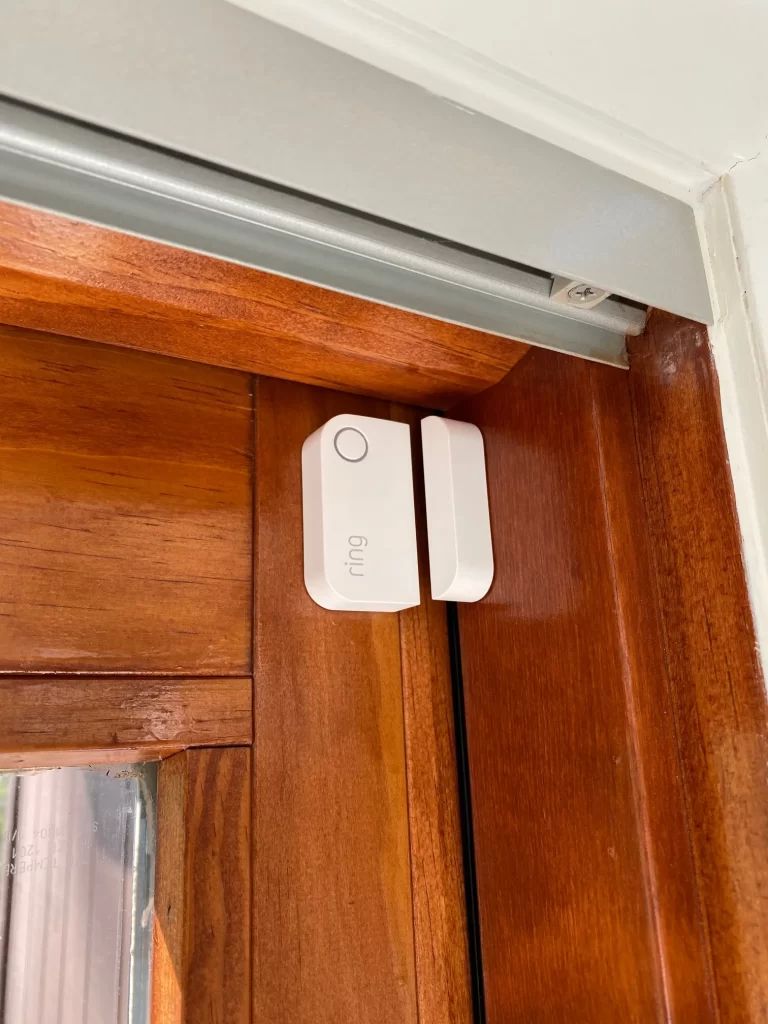What is a Boom Barrier? Everything You Need to Know
According to recent statistics, the demand for boom barriers has seen a significant surge in recent years.
With the rise in urbanization and the need for enhanced security measures, boom barriers have become an integral part of various establishments such as residential complexes, commercial buildings, parking lots, and toll plazas.
But what exactly is a boom barrier? In this comprehensive guide, we will delve into the world of boom barriers, exploring their functionality, benefits, and applications. So, let’s get started!
What is a Boom Barrier?

A boom barrier, also known as a boom gate or a parking gate, is a physical barrier used to control vehicular access to a particular area. It consists of a sturdy metal bar, known as the boom, that is pivoted to allow or restrict vehicle passage.
The boom can be raised or lowered either manually or automatically using a motorized mechanism.
How Does a Boom Barrier Work?
Boom barriers are designed to provide a controlled and regulated flow of vehicles. When a vehicle approaches the barrier, it is detected by sensors or other access control mechanisms.
These sensors send a signal to the barrier system, prompting it to either raise or lower the boom. This action allows or restricts the vehicle from entering or exiting the designated area.
The operation of a boom barrier can be manual or automatic. In manual systems, a security guard or personnel is responsible for raising or lowering the boom using a key or a control panel.
On the other hand, automatic boom barriers utilize electromechanical or hydraulic systems to automate the process. These systems are equipped with sensors, control panels, and motors that facilitate seamless and efficient operation.
What are the Benefits of Boom Barriers

Boom barriers offer numerous benefits that make them a popular choice for access control in various environments. Here are some key advantages:
1. Enhanced Security
Boom barriers act as a physical obstacle, preventing unauthorized access to restricted areas. They serve as a deterrent to potential intruders and ensure that only authorized vehicles can enter.
2. Traffic Management
Boom barriers effectively regulate the flow of vehicles, especially in areas with high traffic volume. They help maintain order, reduce congestion, and ensure a smooth and organized movement of vehicles.
3. Safety Measures
Boom barriers are equipped with safety features such as safety sensors and anti-crush mechanisms. These features prevent accidents and injuries by detecting obstacles and halting the barrier operation to avoid collisions.
4. Customizable Access Control
Boom barriers offer flexibility in access control. They can be integrated with various identification systems such as RFID cards, access codes, or biometric devices. This allows for efficient management of different levels of access permissions.
5. Cost-Effective Solution
Installing boom barriers can be a cost-effective solution compared to employing security personnel. They provide a reliable and automated access control system, reducing the need for manual intervention.
6. Durability and Weather Resistance
Boom barriers are built to withstand harsh weather conditions and heavy usage. They are constructed using robust materials such as galvanized steel or aluminum, ensuring long-term durability and resistance to corrosion.
Where Can I Use Boom Barriers?

Boom barriers find wide-ranging applications across various sectors. Some common areas where boom barriers are extensively used include:
1. Parking Facilities: Boom barriers are commonly found in parking lots, both outdoor and indoor. They help manage vehicle entry and exit, ensuring proper parking space utilization.
2. Residential Complexes: Many residential complexes use boom barriers for controlled access to the premises. It enhances security and prevents unauthorized entry.
3. Commercial Buildings: Boom barriers are employed in commercial establishments to regulate the flow of vehicles entering or leaving the premises. This ensures smooth traffic management and controlled access.
4. Toll Plazas: Toll plazas utilize boom barriers to ensure that only authorized vehicles pass through, facilitating efficient collection of toll fees and reducing congestion.
5. Industrial Areas: Industrial complexes and manufacturing units often implement boom barriers to control the entry of vehicles and ensure safety within restricted areas.
6. Government Installations: Government buildings, military bases, and sensitive installations utilize boom barriers as a security measure to control access and protect classified areas.
In conclusion, boom barriers play a crucial role in access control, traffic management, and security across various domains. Their functionality, reliability, and versatility make them an indispensable component of modern infrastructure.
So, the next time you encounter a boom barrier, you’ll have a better understanding of its purpose and significance in ensuring controlled access.
READ ALSO!!!






